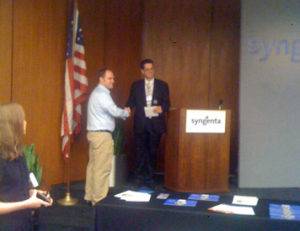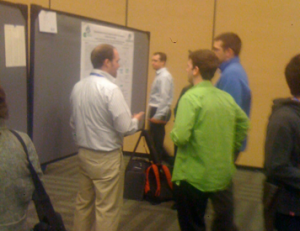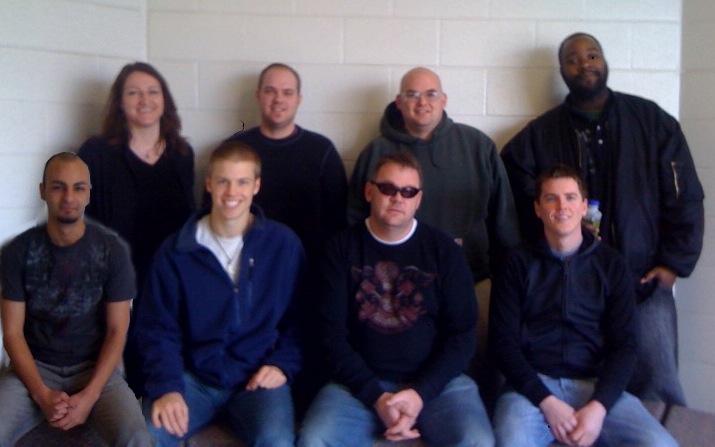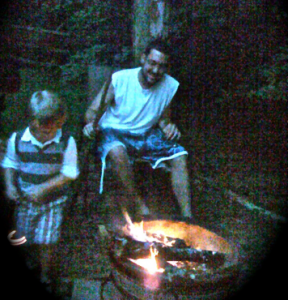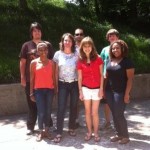
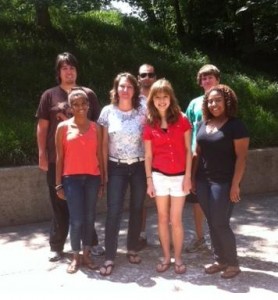 This summer, returning to the Krueger Research Team is Navid Ardakani (’11 grad hoping to get into Optometry School soon) who just doesn’t want to leave the team yet, Matthew Jordan (NCSSM graduate, planning on attending MIT beginning this Fall) who received an NSF Nanosure grant and Carly Prevatte (rising Senior) on ACS Project Seed funding. WELCOME BACK you guys!
This summer, returning to the Krueger Research Team is Navid Ardakani (’11 grad hoping to get into Optometry School soon) who just doesn’t want to leave the team yet, Matthew Jordan (NCSSM graduate, planning on attending MIT beginning this Fall) who received an NSF Nanosure grant and Carly Prevatte (rising Senior) on ACS Project Seed funding. WELCOME BACK you guys!
Joining them are three UNC Charlotte undergraduates: Jasmine King with an NCBC grant, Lauren Peace, another NSF Nanosure student, and Sean Caldwell, who is hoping to get some experience exploring the molecular world.
Almost forgot (not pictured) is graduate student Jon Trullinger, who just might be finishing writing up his thesis?
